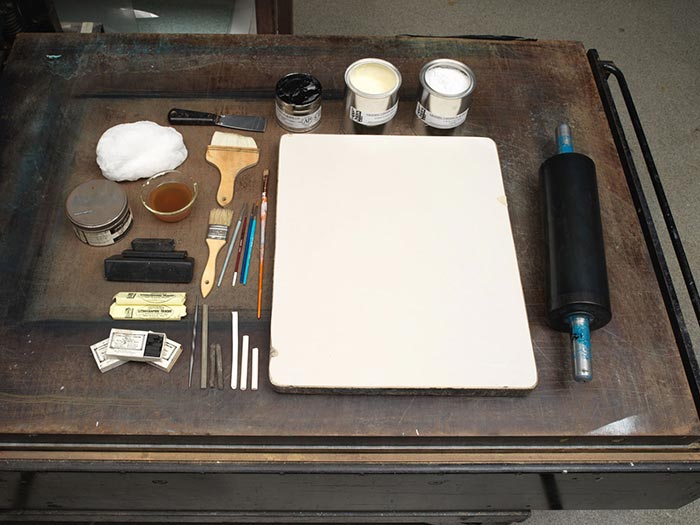Blind Man's Buff
Publisher Currier & Ives American
Not on view
This print shows seven children playing the popular game of Blind Man's Buff outdoors. At right, a blind-folded girl, wearing a pink dress and white apron, steps forward with her arms outstretched; one boy kneels at her left and tugs her apron, while another boy stands behind her and tickles her neck with a stick (or switch). At the center of the picture, a tall girl, dressed in blue, holds up a dog for the "blind" girl to touch, while two younger girls (one dressed in yellow, the other in lilac) stand expectantly at left. In the central middleground, a very young boy stands watching the game participants from behind a wooden fence. Undoubtedly, this picture of children enjoying a carefree recreational activity would have amused nineteenth-century American viewers, while it also promoted the idyllic benefits of rural family life.
Nathaniel Currier, who established a successful New York-based lithography firm in 1835, produced thousands of hand-colored prints in various sizes that together create a vivid panorama of mid-to-late nineteenth century American life. In 1857, Currier made James Merritt Ives (1824-1895) a business partner; thereafter, the firm was called "Currier & Ives." People eagerly acquired Currier & Ives lithographs of spectacular American landscapes, rural and city views, hunting and fishing scenes, domestic life and numerous other subjects, as an inexpensive way to decorate their homes or business establishments. The firm operated until 1907, lithographing over 4,000 subjects for distribution across America and Europe with popular categories also including marines, natural history, genre, caricatures, portraits, history and foreign views. Until the 1880s, images were printed in monochrome, then hand-colored by women who worked for the company.

